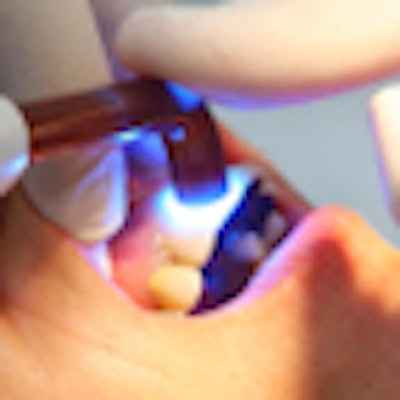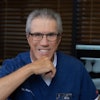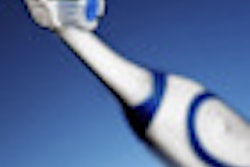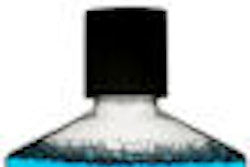
Toothbrushes and drills have long been the bookends of dental care. But British scientists are challenging the establishment with two new techniques designed to attack plaque and repair decay much earlier in the process.
They have developed a mouthwash that can kill plaque and a "self-repair" solution that can naturally remineralize teeth during early stages of decay.
Both products, however, still need to undergo clinical trials and won't be commercially available for a few years.
Developed at the Leeds Dental Institute, the mouthwash is part of a photodynamic therapy (PDT) process that involves the interaction of a photoreactive agent and an optical triggering mechanism -- in this case, white light. The patient rinses with the mouthwash, which contains an antibacterial agent. The antibacterial molecules are absorbed only by plaque-causing bacteria, which die when exposed to the bright light.
Photodynamic therapy has long been used to treat certain kinds of skin cancers. The cancer cells absorb a substance painted onto a target area, and the cells are then exposed to light of a certain wavelength to kill them, according to a BBC story.
A 2006 study evaluated erythrosine as a photosensitizer in the photodynamic elimination of streptococcus mutants grown as a biofilm. The study concluded that PDT combined with erythrosine as a photosynthesizer showed excellent potential for treating oral plaque biofilms (Journal of Antimicrobial Chemotherapy, April 2006, Vol. 57:4, pp.680-684).
"The laboratory is looking to find safe new ways to control plaque that do not rely solely on conventional tooth brushing," said Jennifer Kirkham, professor of oral biology and the research director of Leeds Dental Institute. "For example, we see patients in the clinic who are not able to brush effectively -- the shape of the mouth may not allow sufficient access, the patient could be disabled or just not a proficient brusher."
The institute said the PDT approach to eliminating bacteria could be available for home use within three years -- perhaps in the form of a light attached to the head of a toothbrush, according to the BBC story.
The other research project could change forever the concept of "drilling and filling," according to Kirkham.
In collaboration with the institute's department of chemistry, the researchers have developed a low-viscosity protein-based fluid that is painted onto the teeth and infiltrates into the pores. The fluid then solidifies to a gel and attracts calcium to rebuild the tooth mineral.
"The earliest stage of tooth decay begins when acid produced by the bacteria in plaque dissolves the tooth minerals, resulting in microscopic pores in the teeth," Kirkham explained. This method can "rebuild the tooth mineral, bringing about a natural repair, without the pain or discomfort usually associated with a traditional drilling procedure."
A 2007 study found that "self-assembling peptides offer a potentially exciting route to 'smart' dental biomaterials, though much work remains to be carried out." The authors further noted that, "we do not yet know, for example, whether the peptides are susceptible to proteolytic degradation, which might limit their use, especially as a surface treatment" (Journal of Dental Research, May 2007, Vol. 86:5, pp. 426-430).
This technology is expected to enter clinical trials next year and could be commercially available in five years, according to the BBC.



















